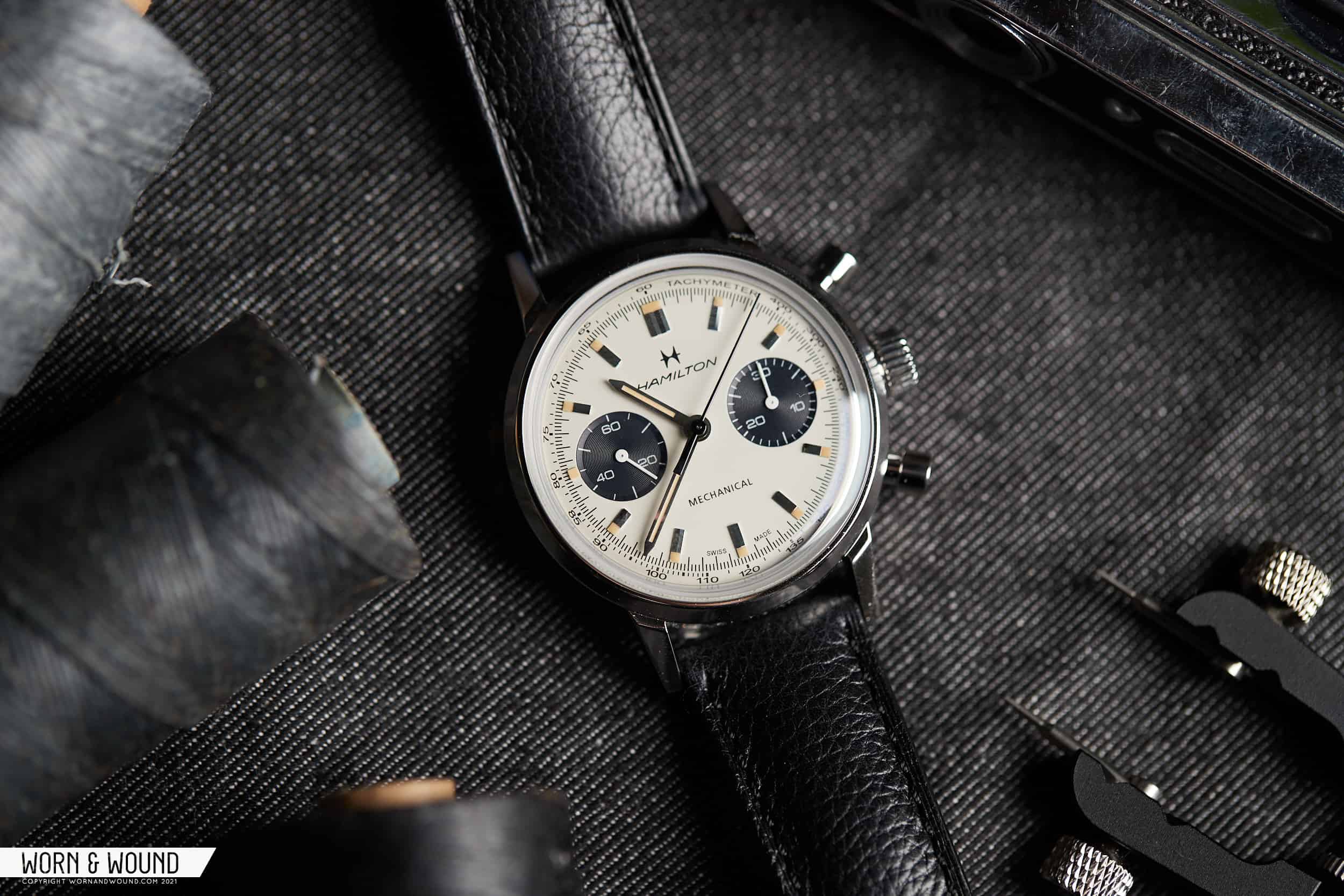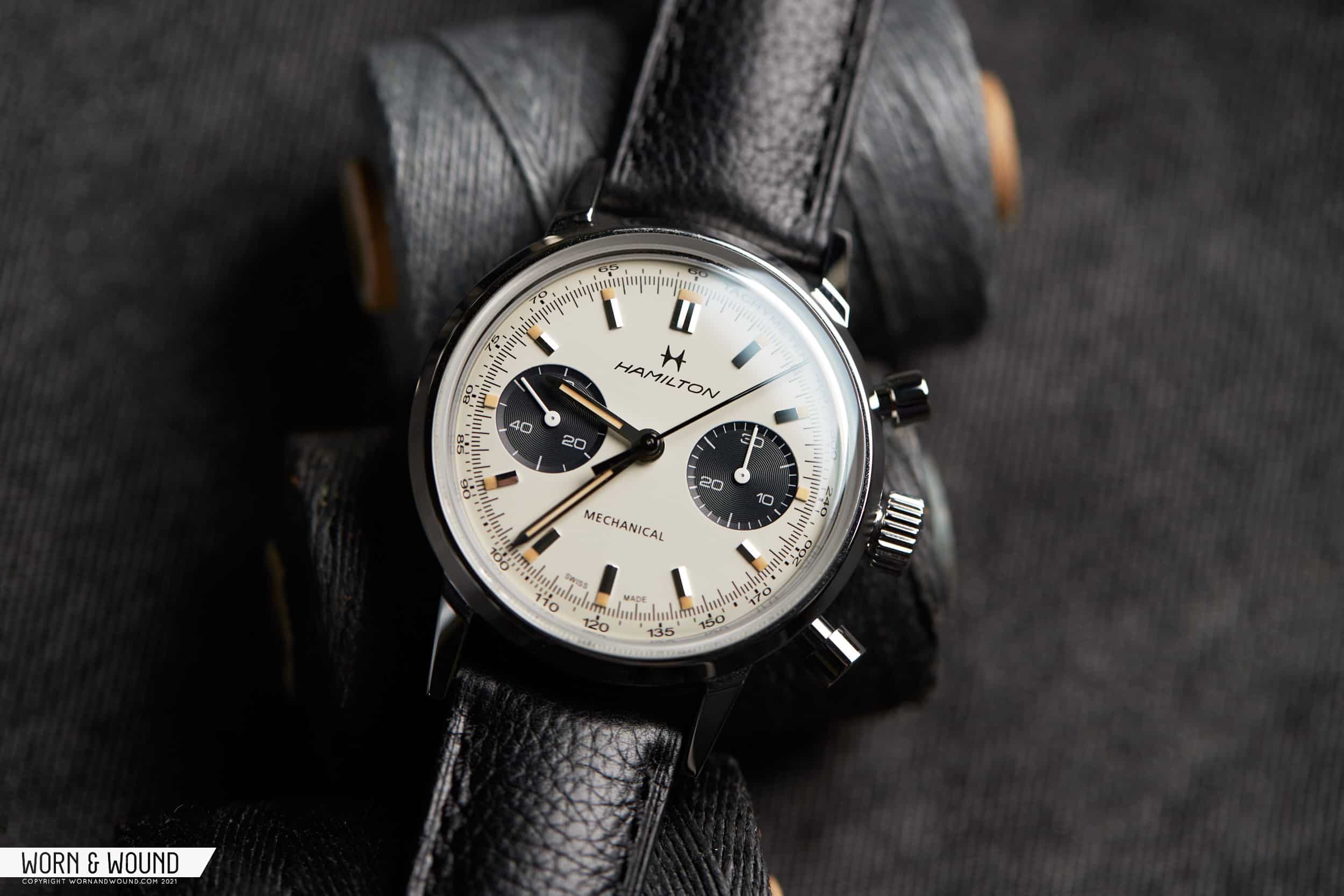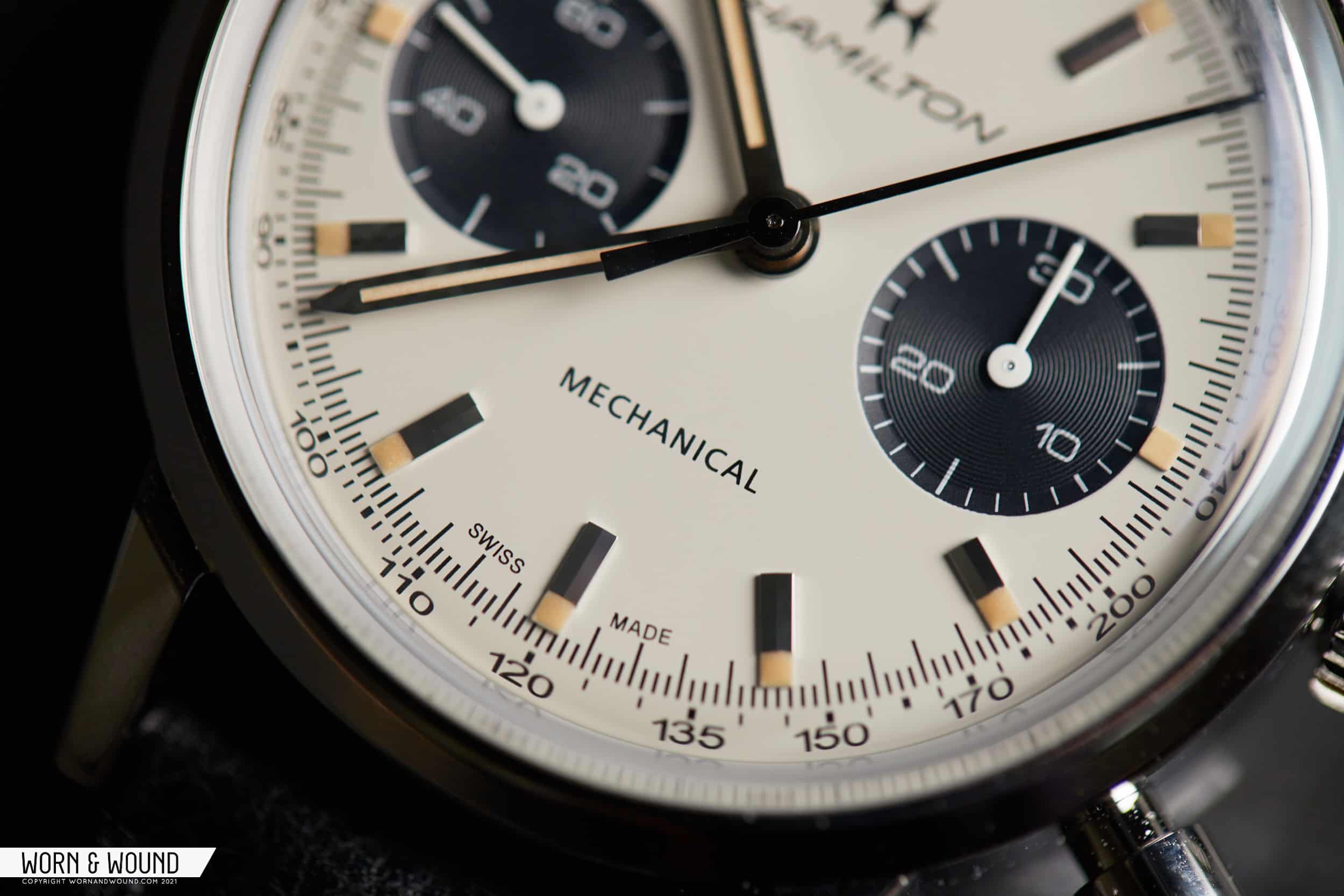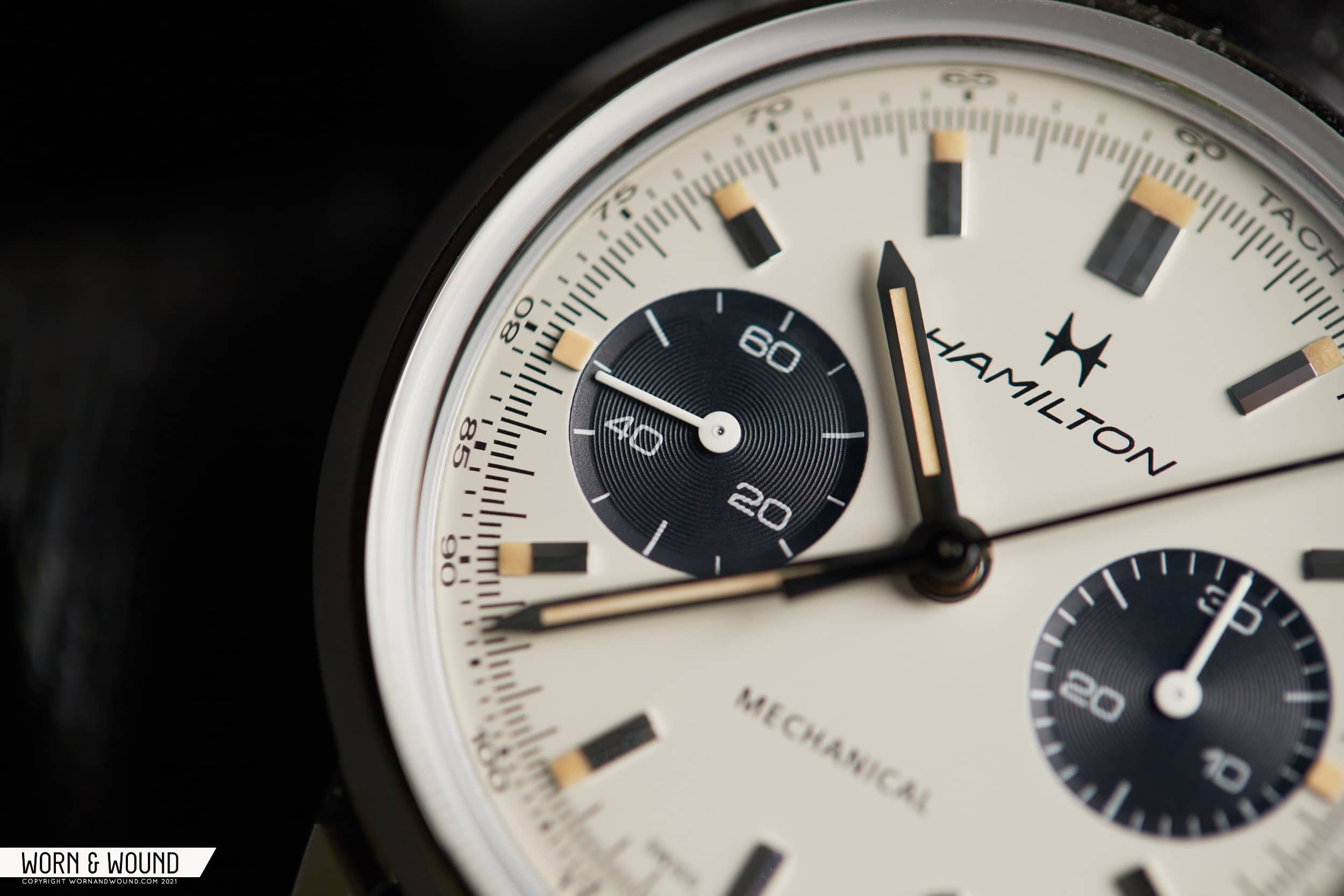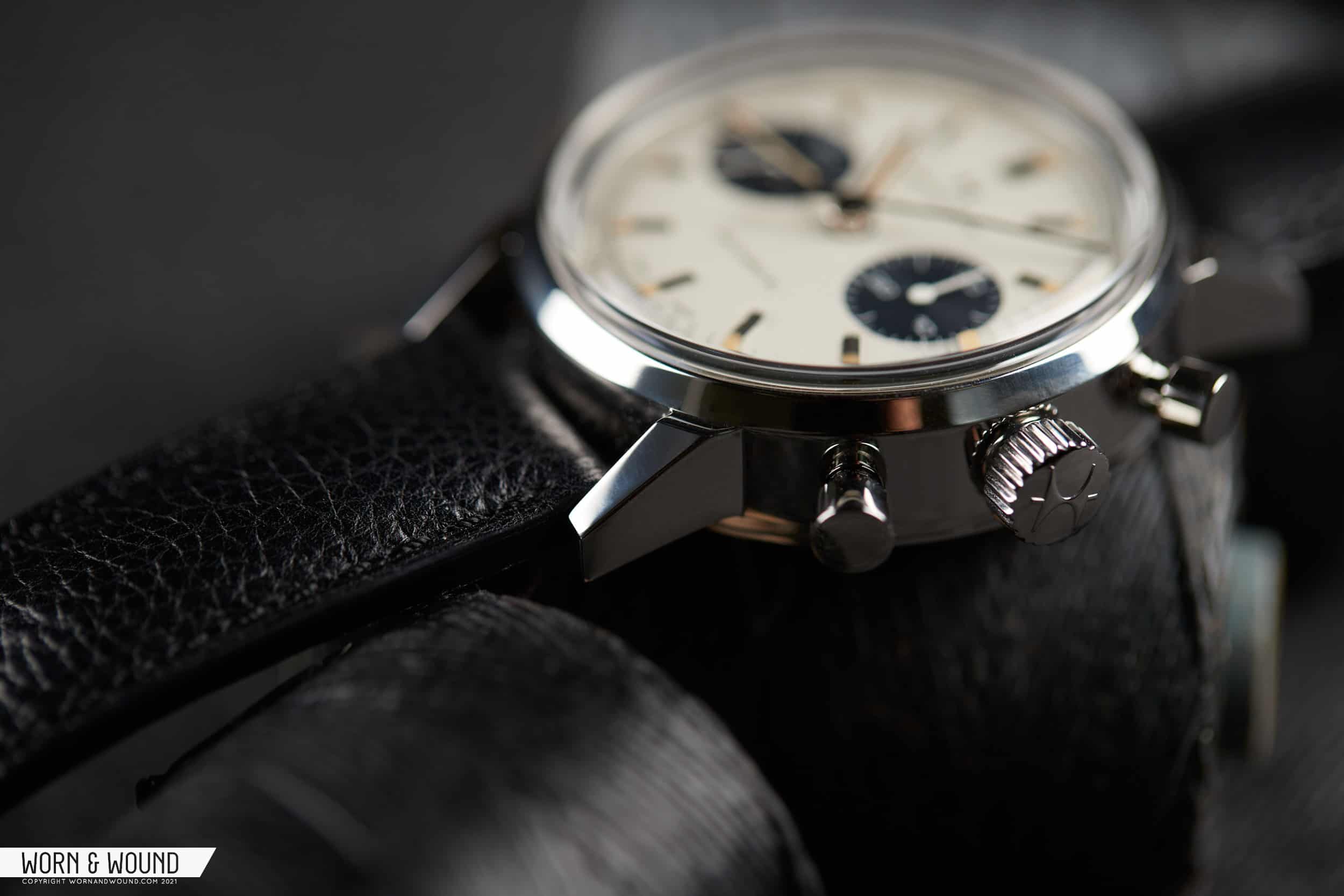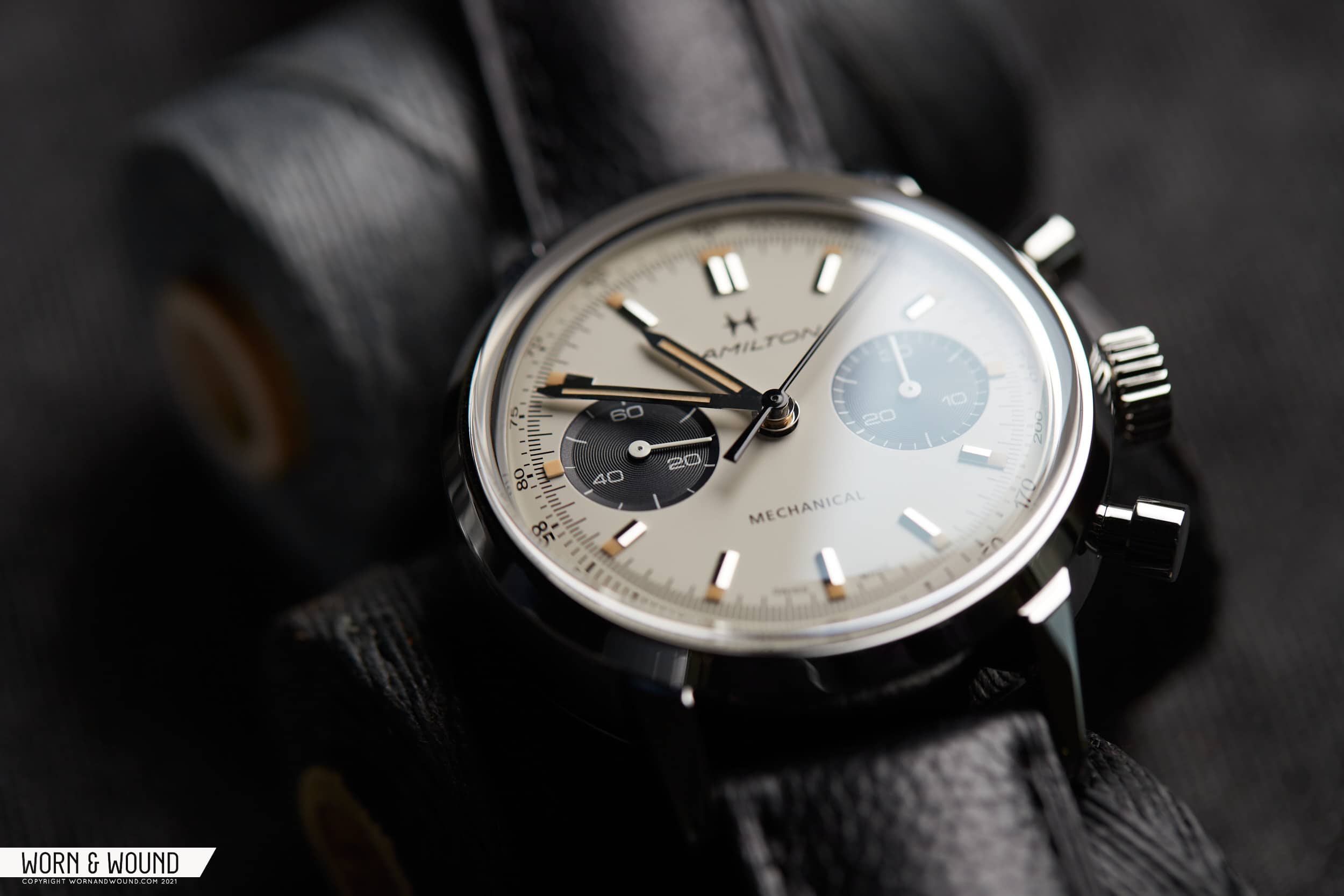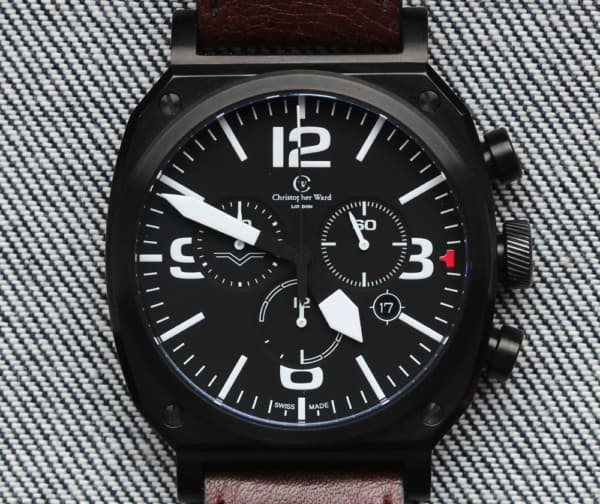Hamilton surprised many of us this year by releasing a hand crank, dateless version of their handsome Intra-Matic Chronograph called the Chronograph H. The watch was an immediate hat tip to the enthusiasts who pine for this sort of thing, and had all of us wondering just how good it would be in the flesh. As much as we love the automatic, it’s got a bit more presence on the wrist than we’d prefer at 14.6mm thick, giving them the perfect opportunity to make a thinner hand wound model. So, does the new Chronograph H deliver? Well, sorta.
If you’ve ever entertained the idea of owning an Intra-Matic Chronograph you’re likely aware of Hamilton’s historic Chronograph A and B models. The design of the modern Hamilton Intra-Matic Chronograph is sourced from these two watches, and that’s a very good thing as they’re sharp watches that stand up well today. The hand-wound Chronograph A, equipped with a Valjoux 7730 based movement, is what set the precedent for the watch we see here in the Chronograph H.
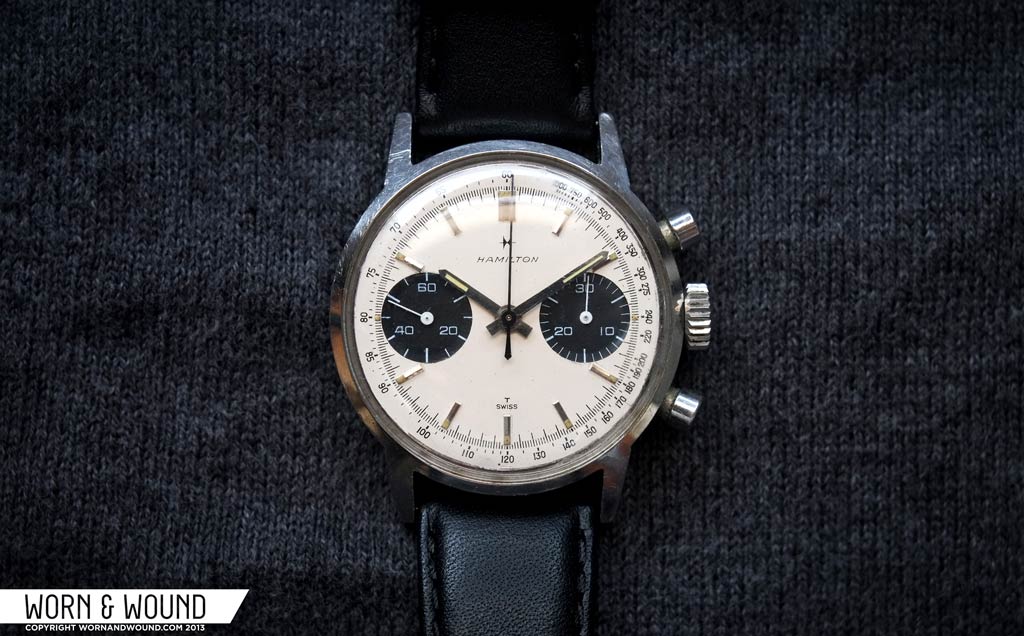
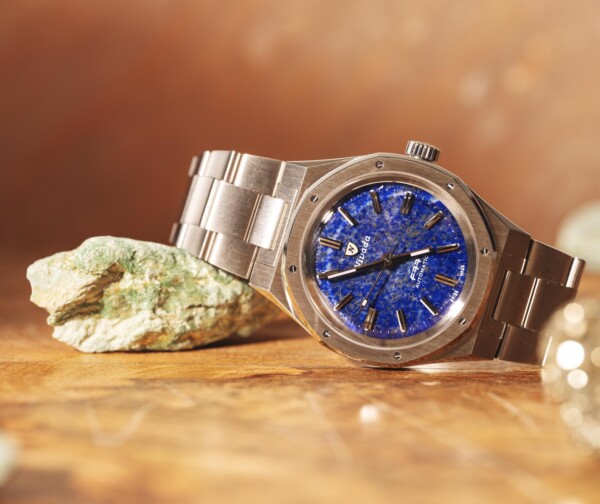








 Featured Videos
Featured Videos




